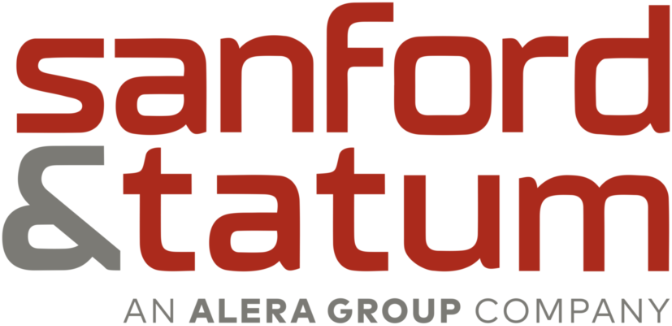
Health Care Plan Tobacco Surcharges
If you are looking for ways to manage health care costs, avoiding tobacco surcharges can reduce your health care spending. Your health care plan may have tobacco surcharges on health insurance premiums. These surcharges are permitted for qualifying health plans when they are part of a compliant wellness program.
This article provides an overview of tobacco surcharges, why employers might implement them and how employees like you can avoid paying them.
Tobacco Surcharge Overview
A tobacco surcharge, or a tobacco use surcharge or premium, is an additional charge imposed on employees who use tobacco products (e.g., smoke, vape or chew). This surcharge is added to health insurance premiums. It serves as a financial incentive to encourage employees to quit smoking or using other tobacco products.
Although tobacco surcharge amounts vary by state, the Affordable Care Act (ACA) allows group health plans and self-insured employers to charge tobacco users up to 50% more than nontobacco users for their health insurance premiums.
The ACA and the Health Insurance Portability and Accountability Act (HIPAA) require tobacco surcharges to be part of a compliant wellness program, typically health-contingent programs, which are outcome-based and tied to specific health goals, such as not using tobacco. These wellness programs must provide tobacco users with a clear path to reduced premiums by meeting a reasonable alternative standard (RAS).
To comply with federal regulations, a wellness program imposing a tobacco surcharge must meet this five-factor test:
- Annual opportunity—Employees must have the opportunity to qualify for the lower premium at least once per year.
- Incentive limits—The total premium difference must not exceed 50% of the total cost of employee-only coverage under the plan, with a 30% cap for other health-contingent incentives.
- Reasonable design—The program must be reasonably designed to promote health or prevent disease, not penalize the participant.
- RAS—The program must offer an RAS (e.g., a tobacco cessation program) to avoid the surcharge.
- Clear communication of alternatives—Employees must be informed about the availability of the RAS.
Some states have limits on tobacco surcharges or even prohibit insurers from applying them, so employers should review state-specific regulations to ensure compliance. Meanwhile, HIPAA and the Americans with Disabilities Act impose additional protections to prevent discrimination and maintain that wellness program participation is voluntary.
Why Employers Have Tobacco Surcharges
In general, employers include tobacco charges as part of a wellness program to help curb use among health care plan participants. Tobacco use can cause numerous health issues, potentially resulting in higher medical expenses. These surcharges are intended to reduce tobacco use among the workforce, leading to healthier employees and lower health care costs for employers.
How to Avoid Tobacco Surcharges
Tobacco surcharges do not apply to you if you do not use tobacco products. Some employers may use a nicotine or cotinine test to detect evidence of tobacco or require you to sign an affidavit stating you are tobacco-free during the open enrollment period. Check whether you need to complete such testing yearly or sign a form to avoid the surcharge.
On the other hand, if you do use tobacco, you can avoid these surcharges by quitting tobacco or completing a qualifying tobacco cessation program. Employers who implement tobacco surcharges are required to offer a wellness program that includes a tobacco cessation program to help you quit or provide steps to meet its RAS. Taking steps to quit tobacco not only allows you to avoid the surcharge but also helps you reduce or eliminate tobacco use.
Summary
Tobacco surcharges may add extra costs to your health care plan. By participating in your employer’s wellness program and quitting tobacco use, you can avoid tobacco surcharges while taking control of your health. If you don’t currently use tobacco, taking time to ensure compliance or meet testing guidelines can help ensure you don’t pay unnecessary costs.
Reach out to HR for more information on tobacco surcharges and your employer’s wellness program.
This Know Your Benefits article is to be used for informational purposes only and is not intended to replace the advice of an insurance professional. © 2025 Zywave, Inc. All rights reserved.

Discussion
There are no comments yet.